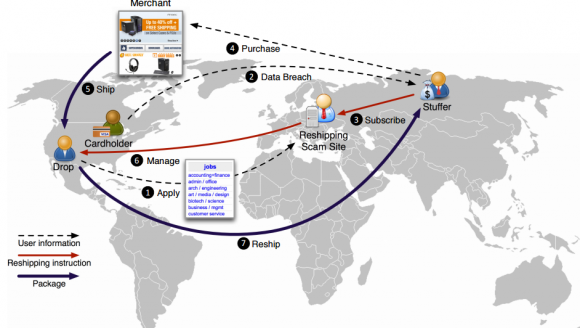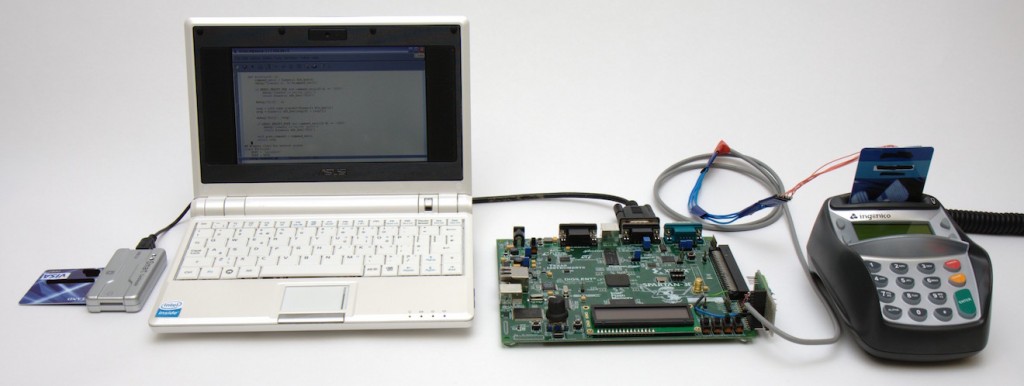On Thursday, Microsoft won an important federal appeals court case against the US government. The case centres on a warrant issued in December 2013, requiring Microsoft to disclose emails and other records for a particular msn.com email address which was related to a narcotics investigation. It transpired that these emails were stored in a Microsoft datacenter in Ireland, but the US government argued that, since Microsoft is a US company and can easily copy the data into the US, a US warrant would suffice. Microsoft argued that the proper way for the US government to obtain the data is through the Mutual Legal Assistance Treaty (MLAT) between the US and Ireland, where an Irish court would decide, according to Irish law, whether the data should be handed over to US authorities. Part of the US government’s objection to this approach was that the MLAT process is sometimes very slow, although though the Irish government has committed to consider any such request “expeditiously”.
The appeal court decision is an important victory for Microsoft (following two lower courts ruling against them) because they sell their european datacenters as giving their european customers confidence that their data will be subject to the more stringent european privacy laws. Microsoft’s case was understandably supported by other technology companies in the same position, as well as civil liberties organisations such as the Electronic Frontier Foundation in the US and the Open Rights Group in the UK. However, I have mixed opinions about the outcome: while probably the right decision in this case, the wider consequences could be detrimental to privacy.
Both sides of the case wanted to set a precedent (if not legally, at least in practice). The US government wanted US law to apply to data held by US companies, wherever in the world the data resides. Microsoft wanted the location of the data to imply which legal regime applied, and so their customers could be confident that their own country’s laws will be respected, provided Microsoft have a datacenter in their own country (or at least one with compatible laws). My concern is that this ruling will give false assurance to customers of US companies, because in other circumstances a different decision could quite easily be taken.
We know about this case because Microsoft chose to challenge it in court, and were able to do so. This is the first time Microsoft has challenged a US warrant for data stored in their Irish datacenter despite it being in operation for three years prior to the case. Had the email address been associated with a more serious crime, or the demand for emails accompanied by a gagging order, it may not have been challenged. Microsoft and other technology companies may still choose to accept, or may even be forced to accept, the applicability of future US warrants to data they control, regardless of the court decision last week. One extreme approach to compel this approach would be for the US to jail employees until their demands are complied with.
For this reason, I have argued that control over data is more important than where data resides. If a company does not have the technical capability to comply with an order, it is easier for them to defend their case, and so protects both the company’s customers and staff. Microsoft have taken precisely this approach for their new German datacenters, which will be operated by staff in Germany working for a German “data trustee” (Deutsche Telekom). In contrast to their Irish datacenter, Microsoft staff will be unable to access customer data, except with the permission of and oversight from the data trustee.
While the data trustee model resists information being obtained through improper legal means, a malicious employee could still break rules for personal gain, or the systems designed to process legal requests could be hacked into. With modern security techniques it is possible to do better. End-to-end encryption for instant messaging is one such example, because (if designed properly) the communications provider does not have access to messages they carry. A more sophisticated approach is “distributed consensus”, where a decision is only taken if a majority of participants agree. The consensus process is automated and enforced through cryptography, ensuring that rules are respected even if some participants are malicious. Critical decisions in the Tor network and in Bitcoin are taken this way. More generally, there is a growing recognition that purely legal or procedural mechanisms are insufficient to protect privacy. This is one of the common threads present in much of the research presented at the Privacy Enhancing Technologies Symposium, being held this week in Darmstadt: recognising that there will always be imperfections in software, people and procedures and showing that nevertheless individual’s privacy can still be protected.




